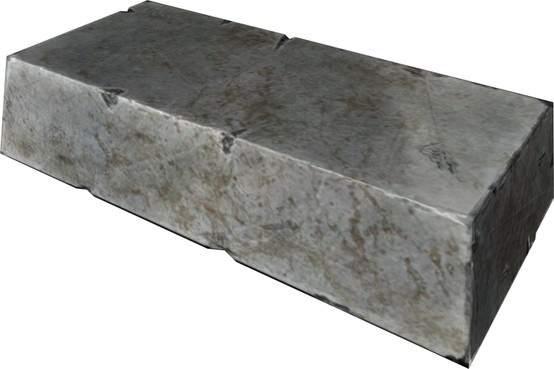Chemical nickel plating of earthquake-resistant substrates.

Chemical nickel plating of seismic supports is a vital process that aims to improve the strength, durability and reliability of such components. It begins with preparation of the substrate surface, which involves cleaning and removing contaminants to ensure optimal adhesion of the nickel coating. This nickel layer provides a protective barrier against corrosion and increases […]
Chemical nickel plating of antivibration supports.

Chemical nickel plating of anti-vibration media is a process in which a layer of nickel is applied to the surface of media used to reduce or eliminate vibration in various mechanical systems. This coating offers several advantages, including corrosion resistance, improved durability, and wear resistance. In addition, chemical nickel plating can help maintain the flexibility […]
Chemical nickel plating in the wind power industry: Weathering and robustness

Chemical nickel plating in the wind industry is a coating process involving the application of a layer of nickel to critical components used in wind turbines. This coating provides effective protection against corrosion, which is especially important given the environmental challenges and extreme weather conditions to which wind turbines are exposed. Nickel plating thus helps […]
Chemical nickel plating in the nuclear industry: atoms and utility

Chemical nickel plating in the nuclear industry is a crucial process involving the application of a nickel layer to components used in nuclear reactors and other nuclear infrastructure. This coating offers several advantages, including corrosion resistance, high thermal and electrical conductivity, and compatibility with high temperature and reactive environments. Nickel plating is used to protect […]
Chemical nickel plating in the carpentry industry

the application of chemical nickel plating in the carpentry industry can play several crucial roles. First, it can be used to improve the corrosion resistance of metal components, such as railings, parapets, supports, and support structures. This is especially important when such structures are exposed to weather and moisture, as is often the case in […]
Chemical nickel plating in the optical industry: let’s take a look

Nickel plating in the optics industry is a plating process in which a thin layer of nickel is deposited on optical surfaces to improve their reflective properties, strength and durability. This nickel layer can be applied to a wide range of materials, including metals, glass and plastics, providing a uniform and protective surface. Optical nickel […]
Chemical nickel plating in packaging: Structure and appearance

In the context of packaging, chemical nickel plating is a valuable technique for improving the aesthetic appearance and functionality of metal packaging. This technique is used to apply a layer of nickel to the outer surface of metal cans or boxes, giving them a shiny, corrosion-resistant finish. This not only improves the visual attractiveness of […]
Chemical Nickel Plating in the Mechanical Sector: Resistance

Chemical nickel plating in mechanical engineering is a process used to apply a protective coating of nickel to metal surfaces. This process is essential in the mechanical industry to improve the surface properties of components such as screws, bolts, machine parts and tools. Chemical nickel plating offers protection against corrosion, wear, and abrasion, extending the […]
Chemical Nickel Plating in Automotive: Innovation and Resistance

Chemical nickel plating in the automotive industry is a coating process that involves applying a layer of nickel to various components to improve their performance and durability. This technique is particularly valued for its ability to provide uniform coverage, corrosion resistance, and increased hardness of treated materials. In the automotive context, chemical nickel plating is […]
Hardnesses Steels: A comprehensive guide to choice

Understanding the hardnesses of steels is vital in the engineering industry and in selecting materials for a wide range of applications. “Hardness” in this context refers to a steel’s ability to resist plastic deformation, abrasion, penetration and shear. It varies greatly depending on the chemical composition of the steel and the heat or mechanical treatments […]

